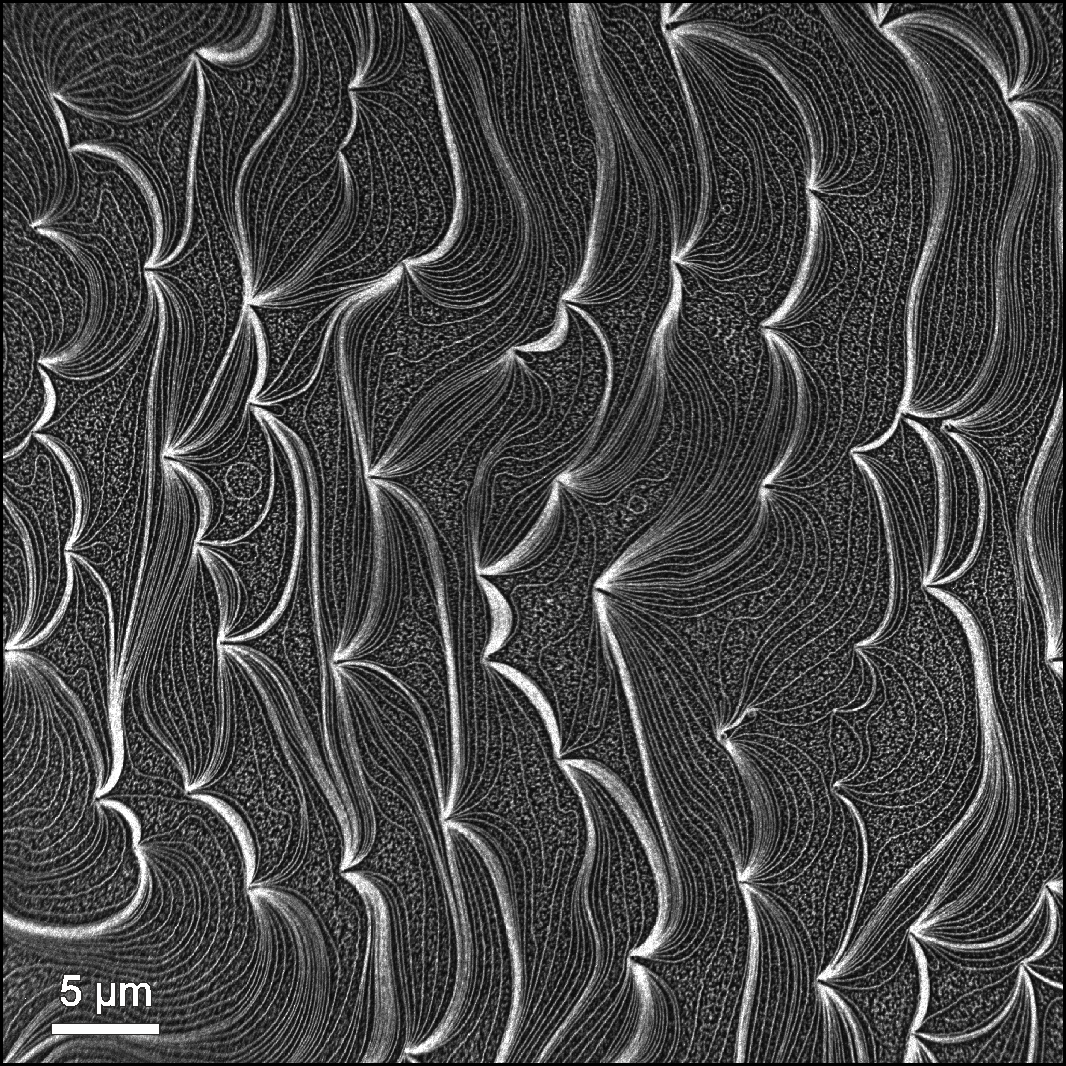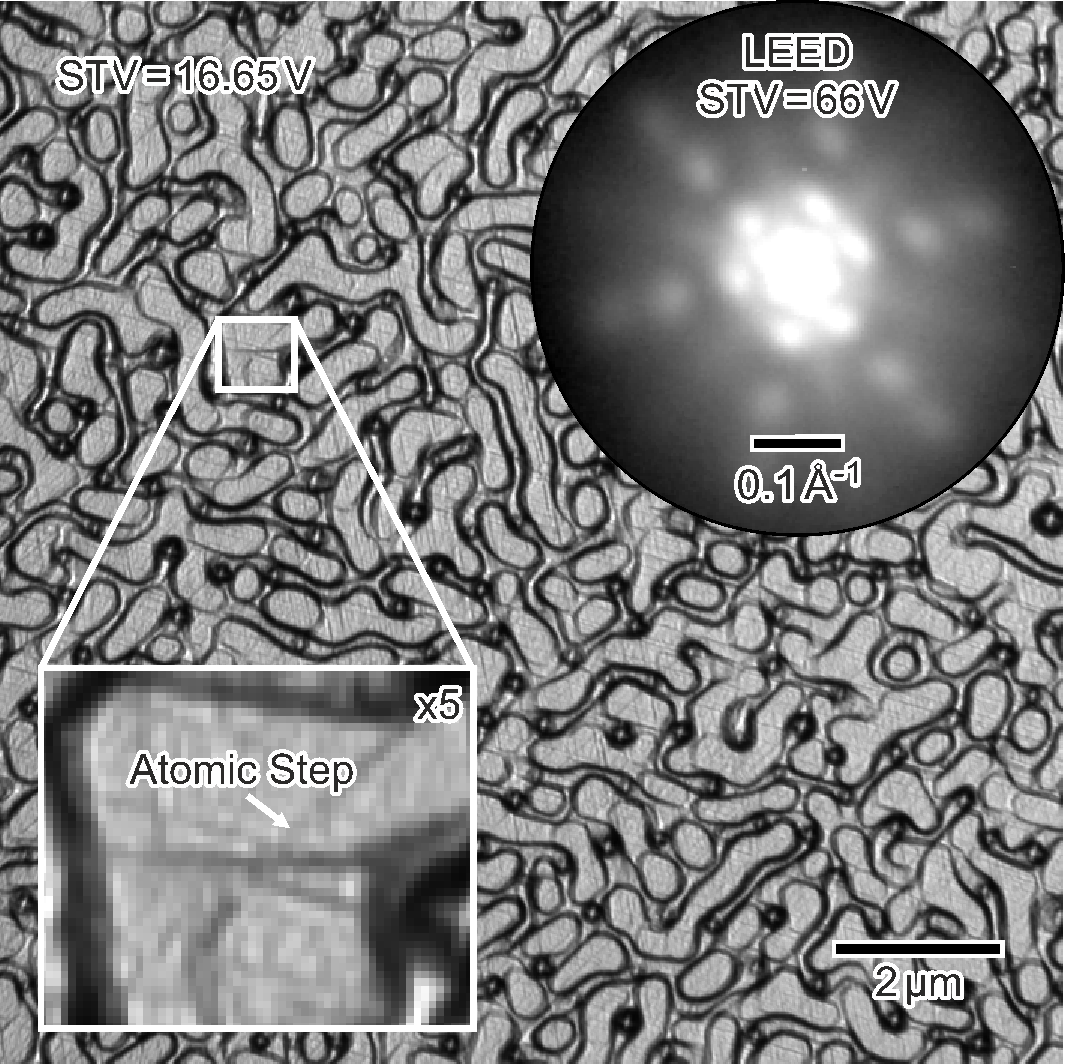For high-end scientific imaging in transmission electron microscopy, TVIPS was the first company to develop a new generation of CMOS based TEM cameras with active pixel sensors. Now available with a UHV-fitted flange, the model TemCam-XF416 (4k x 4k) and the budget friendly TemCam-F216 (2k x 2k) can be used as a superior replacement for micro-channel plates.
 TemCam-F216 is TVIPS’s 4 megapixel camera, covering an image area of 32 × 32 mm². Having the same performance as the former F816 and F416 with smaller sensor area, this camera is an ideal solution for limited budgets. The field of view can be extended by automatic software tiling.
TemCam-F216 is TVIPS’s 4 megapixel camera, covering an image area of 32 × 32 mm². Having the same performance as the former F816 and F416 with smaller sensor area, this camera is an ideal solution for limited budgets. The field of view can be extended by automatic software tiling.
 TemCam-XF416 is TVIPS’ best-selling camera. It overs a large field of view with 63.5 × 63.5 mm² and 16 megapixel. With its high sensitivity and frame rate, the XF416 is especially suited for low-energy electron microscopy.
TemCam-XF416 is TVIPS’ best-selling camera. It overs a large field of view with 63.5 × 63.5 mm² and 16 megapixel. With its high sensitivity and frame rate, the XF416 is especially suited for low-energy electron microscopy.
 Our UHV models XF416 UHV and F216 UHV are supplied with a CF-160 flange for XF416 UHV and CF-100 flange for F216 UHV as standard. The mechanical design shields all electronic components from the vacuum.
Our UHV models XF416 UHV and F216 UHV are supplied with a CF-160 flange for XF416 UHV and CF-100 flange for F216 UHV as standard. The mechanical design shields all electronic components from the vacuum.
The readout is done simultaneously on 2 channels with 10 MHz (TemCam-F216) or on 32 channels with 16 MHz (TemCam-XF416). The typical readout time of the 2k × 2k area of the F216 is 200 ms. The XF416 even achieves a readout time of 42 ms for the full 4k x 4k area.
TVIPS optimizes the scintillator for individual demands. For high tension ranging from 40 kV – 60kV up to 400 kV, two standard types are available: optimized for high resolution or for high sensitivity. On customer request, individual scintillators can be manufactured.
Fiber-optical coupling of the electron-sensitive layer (scintillator) with the sensor increases the amount of light collected in comparison to lens-optical coupling and, as a result, the sensitivity of the camera.
For optimum performance, the Peltier-cooled CMOS sensor is located in a vacuum housing separated from the microscope vacuum. The scintillator surface is kept at room temperature. This design avoids contamination and allows the venting of the camera chamber without warming up the CMOS sensor.
The TemCam-F216 UHV and the TemCam-XF416 UHV come with the standard CF-160 flange, making it straightforward to install and use the cameras in a UHV instrument.
| SPECIFICATIONS | TemCam-F216 (UHV) | TemCam-XF416 (UHV) |
| * Typical Values | ||
| Sensor type | CMOS | |
| Format | 2048 × 2048 | 4096 × 4096 |
| Pixel size (µm2) | 15.5 × 15.5 µm2 | |
| Fill factor | 72% | |
| Field of view | 31.9 × 31.9 mm2 | 63.5 × 63.5 mm2 |
| Readout rate (16 bit) | 2 × 10 megapixel/sec | 32 x 16 megapixel/sec |
| Frame rates: | - 1.8 fps, full resolution, 1× binning | 24 fps @ 4k x 4k |
| - 4.5 fps, full area, 2k × 2k, RS | 95 fps @ 1k x 4k | |
| - 8.5 fps, subarea, 2k × 1k, RS | 190 fps @ 512 x 4k | |
| Post magnification | ~1.1× | 1.4× – 1.8× |
| Electron-optical coupling | 1:1 fiber optics | |
| Scintillator type | polycrystalline phosphor | |
| Sensor cooling | thermoelectric | |
| Binning factors | 1×, 2×, 4× | 1×, 2×, 4×, 8× |
| Non-linearity | < 1% | |
| (after flatfield correction) | ||
| SNR (signal-to-noise-ratio) | ~14:1 (120 kV)* | 29:1 (200 kV)* |
| Resolution @ 200 kV | ~14% | ~20% |
| (NTF at Nyquist frequency) | ||
| Anti blooming | blooming not present | |
| Bottom mounted | on-axis | on-axis |
| System requirements | Windows XP, 7, 10 | Windows 10 |
| Intel DualCore CPU | Intel QuadCore CPU | |
| Optical Gigabit Ethernet | Optical 40 Gigabit Ethernet | |
| PCI Express ×4 slot | PCI Express ×16 slot | |


